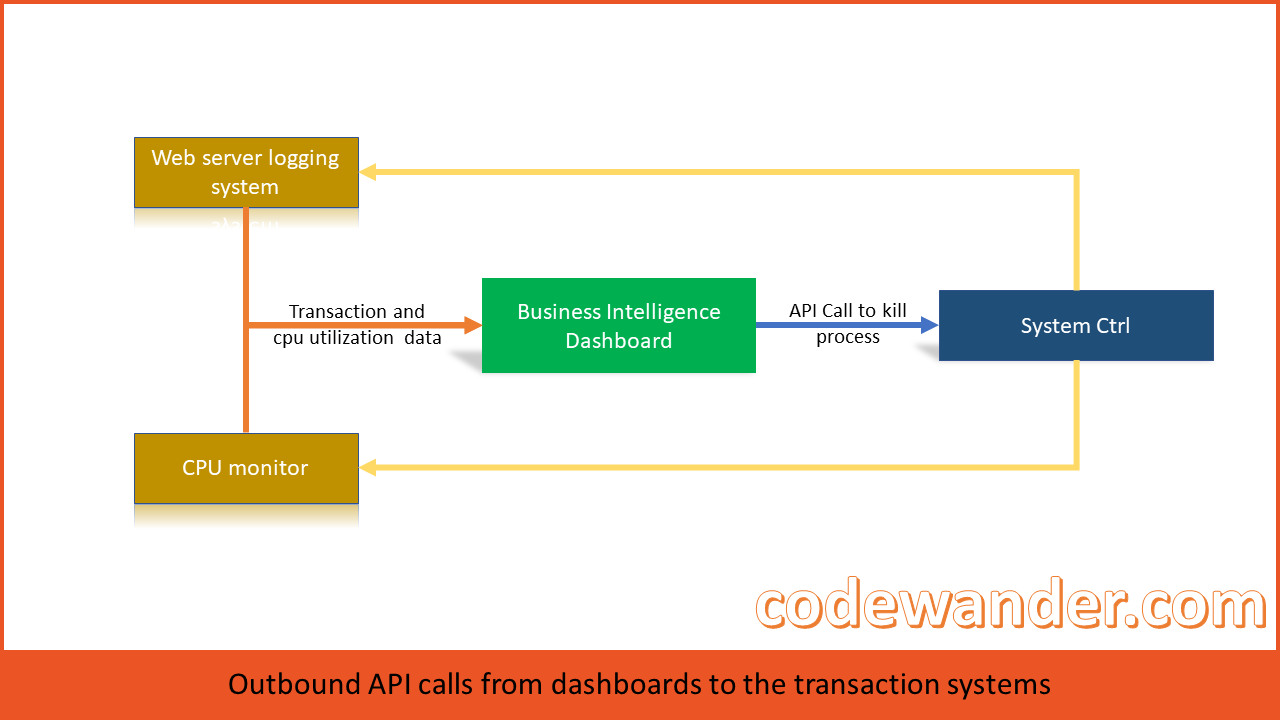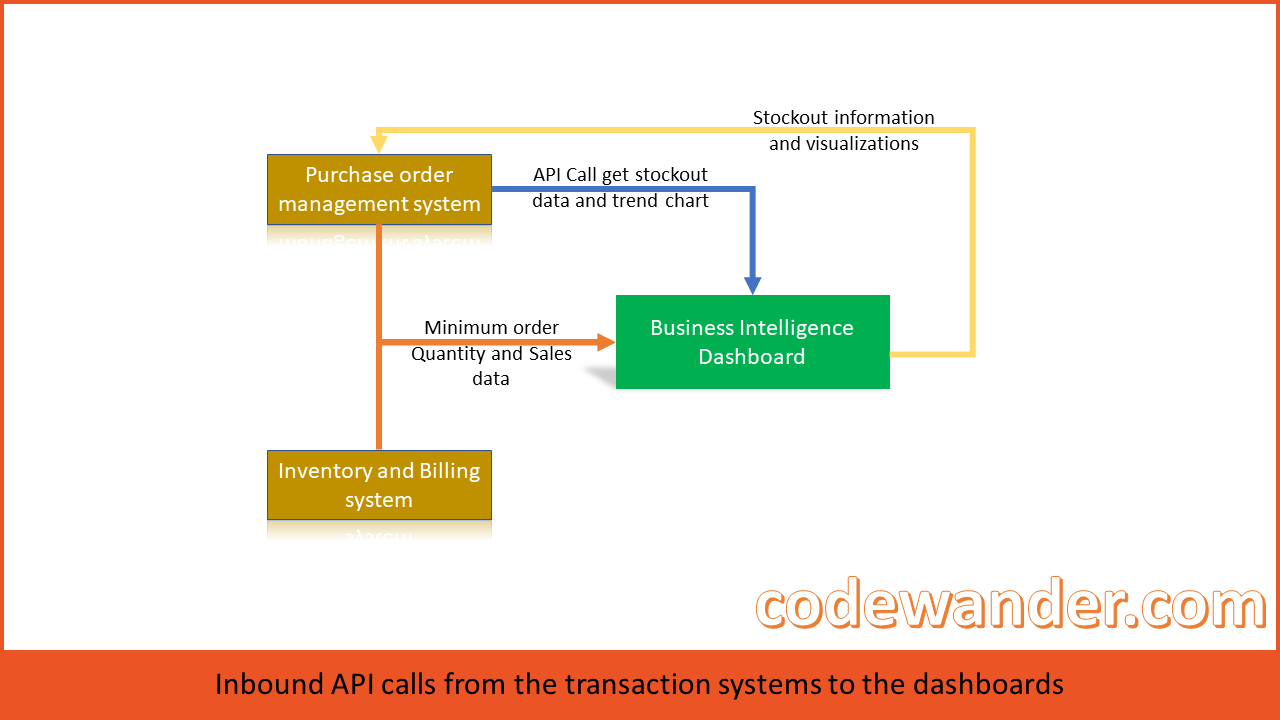
The concept of business intelligence has evolved a lot through the years. It started off as static reports in the form of spreadsheets and presentations. The problem with these reports are quite obvious. It lacked security and proved to be a distribution nightmare. Then came the centralized reporting systems like Crystal reports where you can get canned reports with flexibility of passing the parameters as required.
Guided and Self-service Analytics (Business Intelligence)
Then came the era of dashboards where users can slice the data in any dimensions as they needed. However, the reports remained the same. The industry calls this as guided analytics. IT solved the problem of data security, flexibility and ability to drill down to the most granular level of data. This however lacked one important aspect. Discovery of Insights. While it achieved the single source of truth to an extent, it lacked empowerment. Analysts quite often get more details using their own analysis outside the system.
If you looked at Gartners’ magic quadrant for the business intelligence, it will be obvious that the products addressing this need of the end users, using Self-service analytics, are becoming pioneers. While the self-service may be a niche feature today (order winner), it could become a basic expectation (order qualifier ) in the coming years.
Why API? (Embedded Analytics and more)
While self-service addresses the discovery of insights, it is yet to address one main problem of the business intelligence in an ecosystem. The BI tools, for the most part, operate in silos. It hardly interacts with other systems. While an organization move towards a single source of truth for its business insights, it becomes imperative that this single source of truth is available at the time of decision making. Even in organizations that exhibit data driven culture, the transaction systems build their own dashboards that will help end users take decision and commit transactions in the system. API is one solution that can address this and most of the leading BI products have been offering it. There are two ways in which a BI tool can interact with transaction systems using API.
Outbound API calls
These are the calls to the transaction systems that originates from the BI tools. The parameters are fetched from the dashboard once the user triggers the transaction by clicking a button, for example. These will be useful in cases where insights on dashboard triggers the first action. For example, consider a command center operation that monitors the web servers and the databases. If there is an alert on the dashboard that shows a CPU utilization high in one of the servers and lists the processes in them. The command center manager decides to kill a process. The BI tool must be able to pass on the process and server details to the transaction system that handles these activities. This will help in user executing a command based on the insight without hopping between multiple systems.
Inbound API calls
These are the API calls from the transaction systems to the business intelligence platform to get certain information in the form of rows and columns of data or a visualization or a dashboard altogether. For example, consider a purchase manager trying to place an order to a vendor. He would like to have a historic information regarding the stock-outs, minimum order quantity etc.. The ability of a BI product to furnish these information to the transaction system right next to the “Place Order” button will prove to be more effective than the user having to review it on a dashboard or the transaction system has to compute this information again by itself along with a trend chart. A BI platform that caters to such needs of the transaction systems will be able to achieve the single source of truth across the organization. With the increased focus of automation and artificial intelligence, it will become essential for the BI tools to be able to provide the insights needed by these intelligent bots as needed.
The API has been around for so long and is increasingly made available in the business intelligence space. The organization must also break away from the concept of keeping the business intelligence systems and the transaction systems separate. Deeper the penetration of the business intelligence into the transactions, higher is the value realized out of it.



Leave a Reply